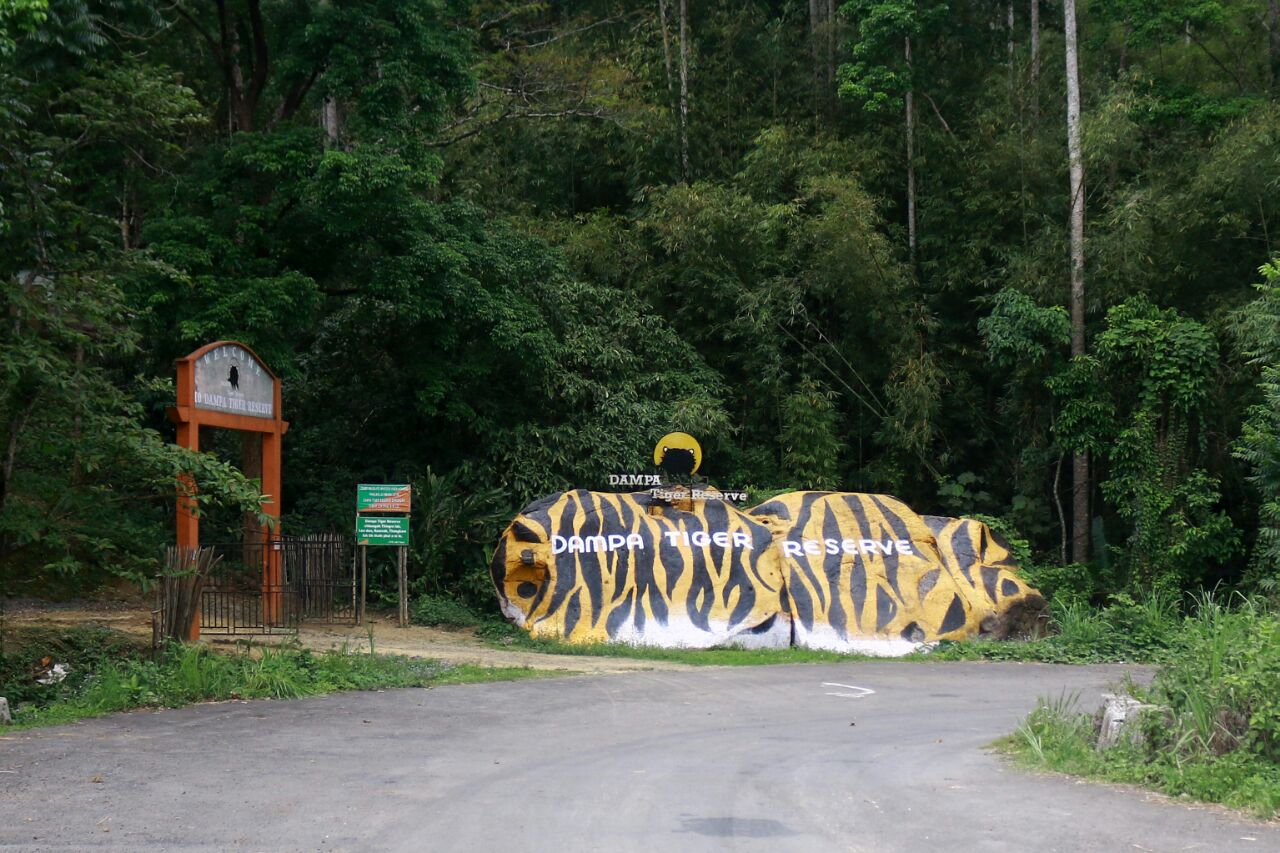Mizoram
WELCOME TO Mizoram
State Overview
Aizawl
21,081 km2
1.1 million
Mizo

Popular
Geography and Tourist Attractions
Information about the state's tourist attractions, including popular destinations, events, and activities.

Dampa Tiger Reserve

Phawngpui Peak

Vantawng Falls
Political
Economy and Government
Mizoram, a state in northeastern India, has an economy primarily based on agriculture, horticulture, and bamboo-related industries. The state's favorable climate and fertile soil support the cultivation of crops such as rice, maize, pulses, and oilseeds. Horticulture is another significant sector, with the production of fruits like oranges, pineapples, and bananas contributing to the state's economy. Additionally, Mizoram has a thriving bamboo industry, with bamboo products like furniture, handicrafts, and bamboo shoots being produced and exported.
The government of Mizoram operates under a parliamentary system, with a Chief Minister as the head of the government. The state has its Legislative Assembly and is represented in the Indian Parliament. The government focuses on promoting sustainable development, improving infrastructure, and providing social welfare programs. Efforts are made to enhance connectivity, develop tourism, and support entrepreneurship through various schemes and initiatives. Mizoram's peaceful political climate and the government's emphasis on inclusive growth contribute to the overall stability and development of the state's economy.
The government of Mizoram also plays a crucial role in preserving and promoting the unique cultural heritage of the Mizo community. It supports cultural events, festivals, and handicraft industries, recognizing their significance in contributing to the economy and preserving the state's identity.

History
History and Culture
Mizoram, a state in northeastern India, has a rich history and vibrant cultural heritage. The history of Mizoram is closely intertwined with the Mizo people, who have inhabited the region for centuries. The Mizo tribes have a strong sense of identity and have preserved their customs, traditions, and language over generations.
The Mizo culture is characterized by its warm hospitality, colorful festivals, traditional dances, and distinctive attire. The state is known for its traditional bamboo and cane craftwork, intricate handloom weavings, and vibrant tribal artwork. These artistic expressions reflect the creativity and craftsmanship of the Mizo community.
One of the significant aspects of Mizoram's history is the Mizo uprising for self-determination, which led to the formation of the state in 1987. The struggle for independence and the subsequent establishment of Mizoram as a peaceful state with a vibrant democracy have shaped the identity and cultural ethos of the region.
The cultural festivals of Mizoram, such as Chapchar Kut, Mim Kut, and Pawl Kut, showcase the rich heritage and traditions of the Mizo people. These festivals involve traditional dances, songs, and sports, providing a glimpse into the vibrant cultural tapestry of the state.
Mizoram's history and culture stand as a testament to the resilience, unity, and deep-rooted traditions of the Mizo community. The preservation and promotion of their cultural heritage are of utmost importance, and it continues to be celebrated and cherished by both locals and visitors alike.
HOTELS

The Crown Plaza

Hotel Regency

Hotel Floria
RESTAURANTS

David's Kitchen

Chhungte Restaurant

